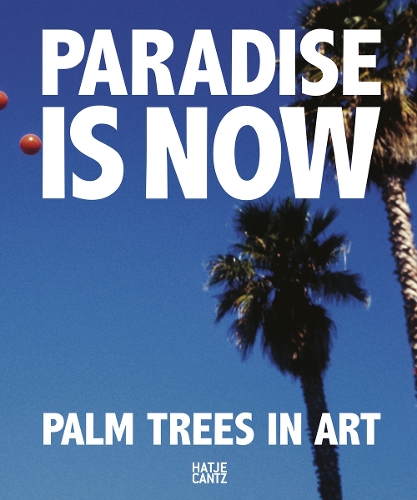
Paradise is Now: Palm Trees in Art
(Hardback)
Publishing Details
Paradise is Now: Palm Trees in Art
By (Author) Bret Easton Ellis
Text by Robert Grunenberg
Text by Leif Randt
Text by Norman Rosenthal
Hatje Cantz
Hatje Cantz
25th June 2018
Germany
Classifications
General
Non Fiction
700.464216
Physical Properties
Hardback
160
Width 250mm, Height 300mm
Description
For more than two thousand years palm trees have been extraordinarily popular in both the East and the West. Regardless of continent, religion, or culture, palms tell stories of wealth, peace, and salvation. No other motif conveys this promise of good fortune and happiness as convincingly as the palm tree does. Omnipresent in advertising and social media, it conjures up notions of luxury, the jet set, and eternal sunshine in the secular world, representing a modern Garden of Eden. Nor are visual arts resistant to its visual allure and metaphorical power. Keeping this rich cultural heritage in mind, the companion catalogue to the exhibition Paradise is Now shows the many ways that palm trees are depicted in contemporary art. But what is behind the popularity of this emblem Which layers of meaning and what kinds of contradictions are revealed in the wake of this artistic explorationBesides texts by Bret Easton Ellis, Robert Grunenberg, Leif Randt, and Norman Rosenthal, the publication features works by John Baldessari, Marcel Broodthaers, Rodney Graham, Secundino Hernndez, David Hockney, Alicja Kwade, Sigmar Polke, Ed Ruscha, and Rirkrit Tiravanija.Exhibition: 26.4.-30.6.2018, Robert Grunenberg & Salon Dahlmann, Berlin
Reviews
Images that are at times whimsical, at times contemplative and even dark, witty, ironic and sensual, signifying wealth, luxury, exoticism and a certain balminess in the soul.--Shana Nys Dambrot "LA Weekly"
Author Bio
Sir Norman Rosenthal is an independent curator and art historian. He was Exhibitions Secretary at the Royal Academy, London from 1977 to 2008.
